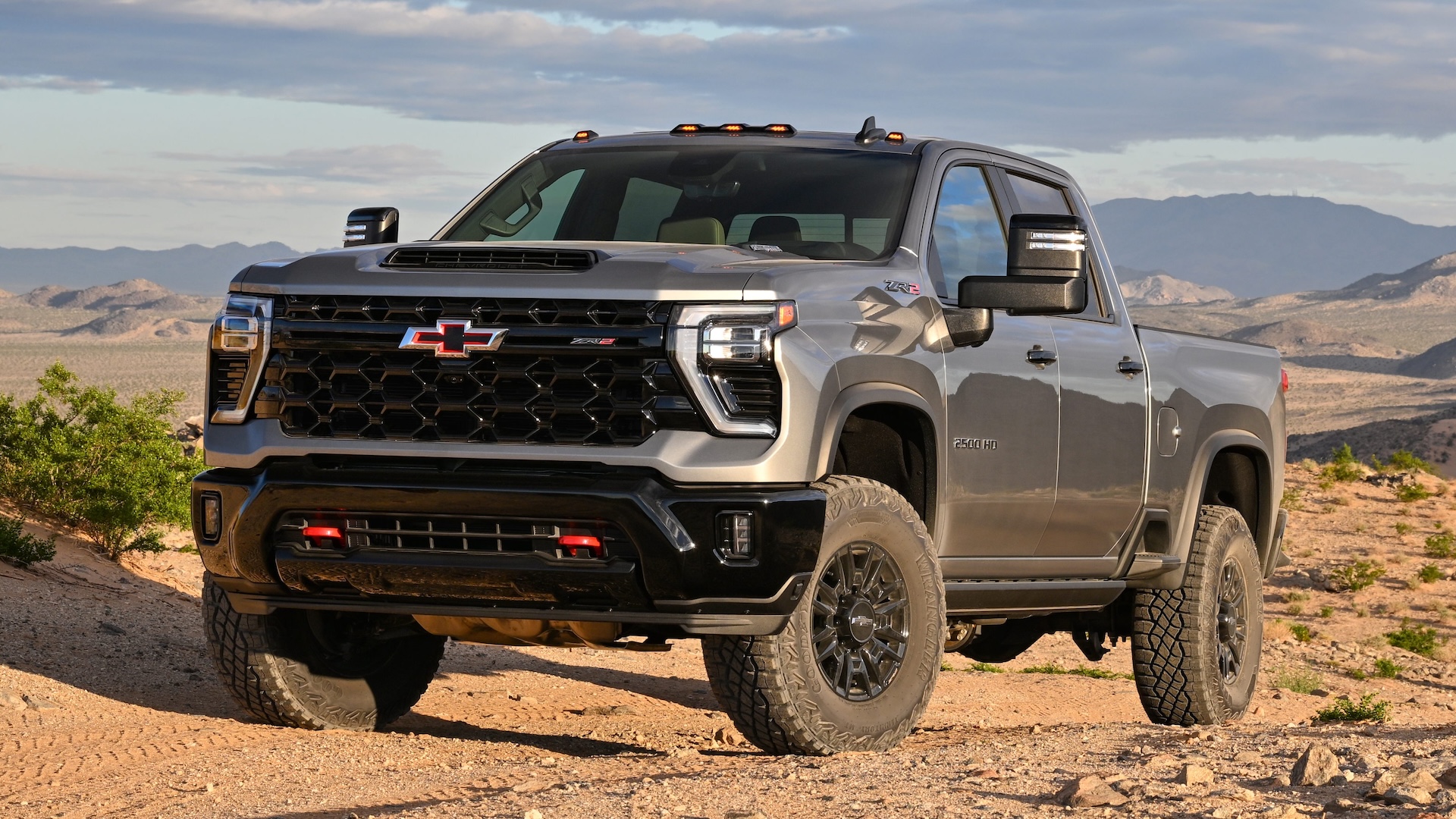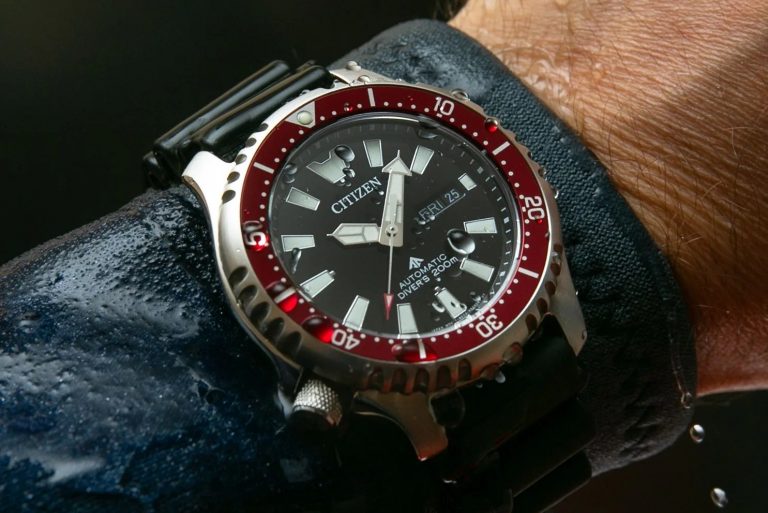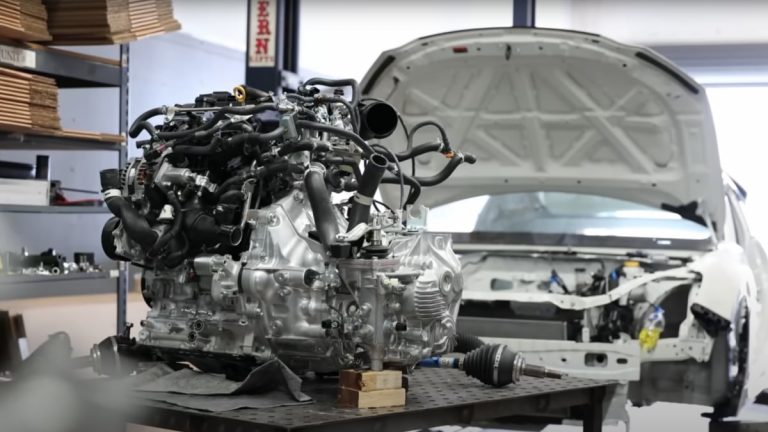NHTSA’s Pedestrian Safety Regulations: Revolutionizing American Car Design with Crash Prevention Measures

Between 2013 and 2022, pedestrian fatalities in the United States skyrocketed by 57 percent. One major factor behind this surge was the growing popularity of trucks and SUVs, whose tall hoodlines make them more likely to inflict deadly injuries. But now, the National Highway Traffic Safety Administration is stepping in with a proposal that could change everything.
The proposal aims to modify the Federal Motor Vehicle Safety Standards (or FMVSS) by introducing new test procedures that simulate head-hood impacts in crashes. This will apply to passenger vehicles with a 10,000-pound Gross Vehicle Weight Rating (GWVR) or less, which covers most vehicles involved in fatal pedestrian accidents. It’s a move that fulfills a mandate under the Bipartisan Infrastructure Law to bring US car safety standards in line with international standards, mainly European, which the NHTSA estimates will prevent 67 deaths per year.
The NHTSA specifically highlights pickup trucks and large SUVs as major threats, as they’ve made up nearly a quarter of US new vehicle sales in 2020. These heavy vehicles have longer stopping distances, poorer visibility, and higher hoodlines, making them more likely to cause deadly injuries. External factors, such as distraction from in-car tech and smartphones, as well as dangerous U.S. street designs, have also contributed to increased pedestrian deaths.
This proposal builds on a mandate passed in April that will require all new cars to feature pedestrian-detecting automatic emergency braking by September 2029. The NHTSA will take public comment on the proposed regulations for the next 60 days before finalizing some variation. Like the AEB mandate above, any changes will likely take years to take effect, giving automakers time to design compliant products. Broader standardization of safety regulations benefits automakers, who have fewer sets of regulations to design for.
No matter the final ruleset, it’s likely that their impact on vehicle designs in the US will be modest. Plenty of vehicles that abide by European pedestrian impact laws are already sold here, and they aren’t readily distinguished from those that don’t. That said, the five-foot-high hoods of today’s biggest pickup trucks may still become a thing of the past. Meteor or not, the age of these dinosaurs might be coming to an end.
Got a tip or question for the author? You can reach them here: [email protected]






